Do Hummingbirds Migrate?
Although hummingbirds occupy almost all of North America during summer months, these tiny birds remain tropical at heart and most do migrate. The main exception is the Anna's Hummingbird, which stays put all year along the Pacific Coast.
Hummingbird Migration Basics
The majority of North American hummingbirds fly to Mexico or Central America for the winter. While these journeys aren't as long as those made by South America-bound warblers, they are impressive nonetheless, especially considering the diminutive size of hummingbirds. The Ruby-throated Hummingbird, for example, weighs little more than a penny, but it can make the 500-mile journey across the Gulf of Mexico in less than a day.
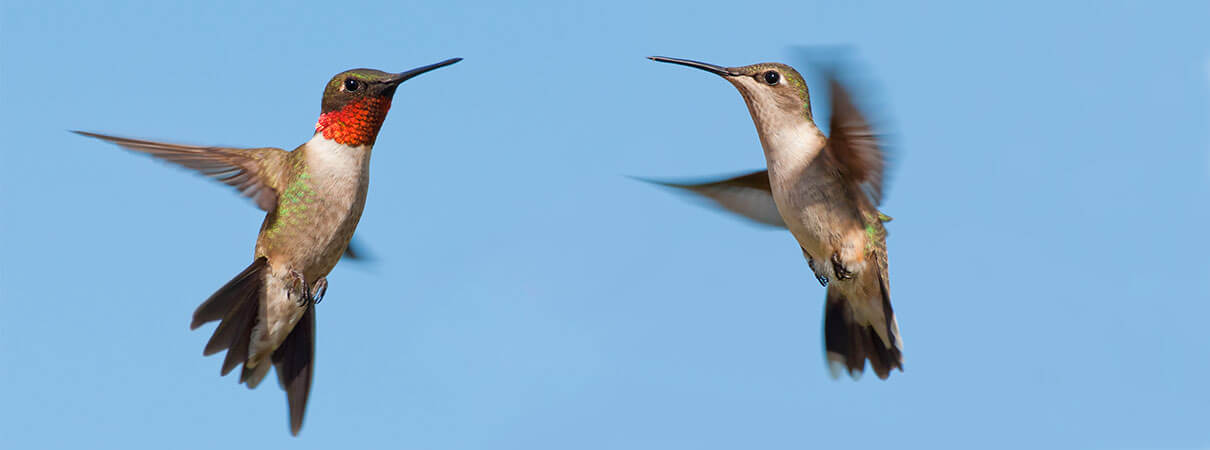
Like other birds, hummingbirds migrate south in search of flowers, insects, and other food sources. Many make this journey during the late summer and fall, spurred not by hunger or falling temperatures but by decreasing daylight hours.
In late winter and early spring, they return north to breeding grounds in the United States and Canada. Northward migration offers an escape from the tropics, where competition for food can be intense, while providing a seat at the table, so to speak, in the North, where summer food supplies are abundant.
Upon arrival in the United States, Ruby-throated Hummingbirds can travel up to 20 miles a day, typically following their favorite early blooming flowers. Contrary to popular myth, hummingbirds do not migrate on the backs of geese or other birds, although they do sometimes travel in mixed flocks over water.
Learn more about the migratory patterns of common North American hummingbirds below.
Migrant: Ruby-throated Hummingbird
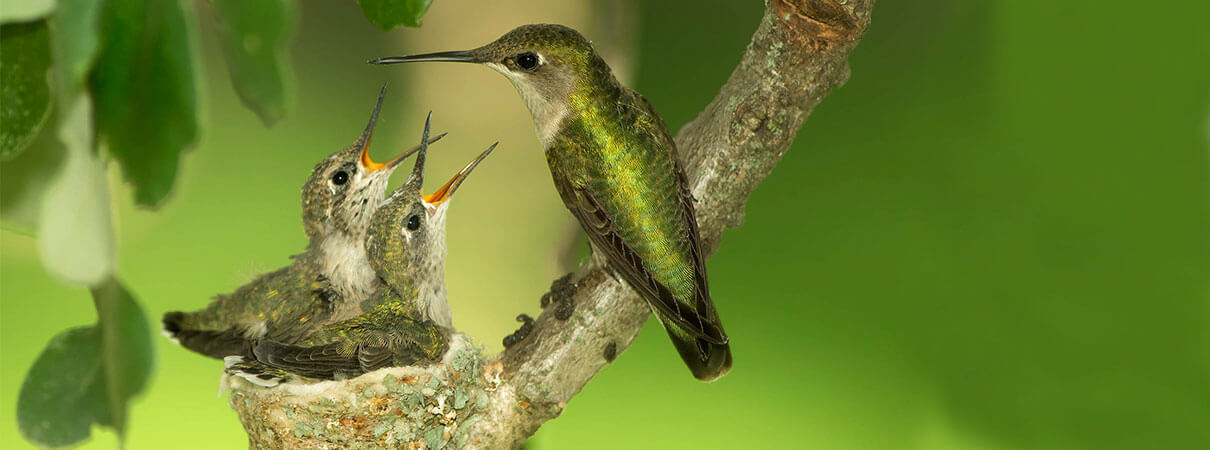
In spring, Ruby-throated Hummingbirds surge northward into the U.S. and southern Canada, where they breed during summer months. The return journey can begin as early as mid-July for some adults, although most Rubythroats wait until late August or early September to set off. The majority are destined for southern Mexico and Central America, although some will remain in the southern United States along the Atlantic and Gulf Coasts. Those that stay in the U.S. are typically migrants from Canada that have already traveled several thousand miles. Populations of Ruby-throated Hummingbirds are on the rise due to the popularity of backyard feeders and the birds' ability to live in open and forest-edge habitats. This bird is listed as an IUCN species of Least Concern.
Migrant: Rufous Hummingbird
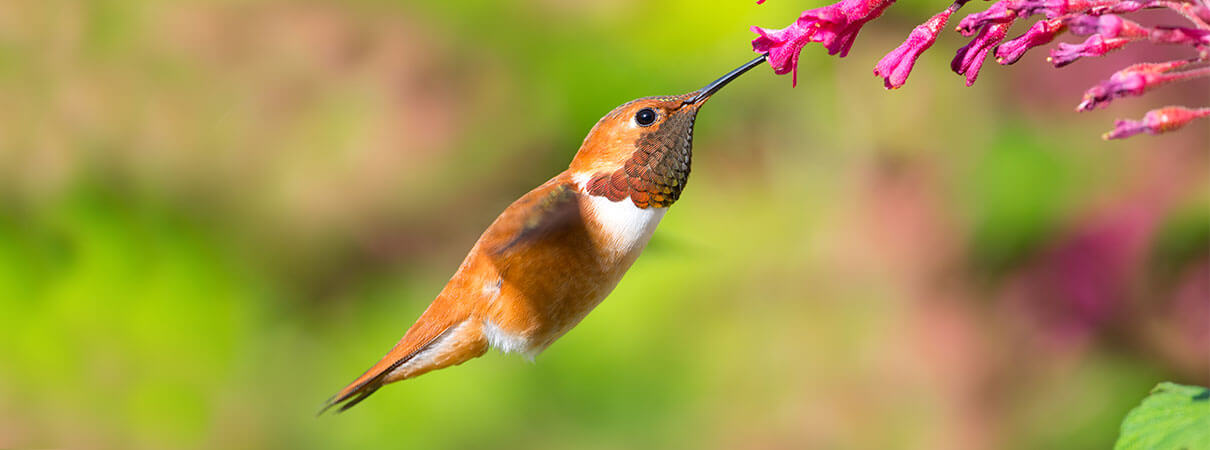
For a bird its size, the three-inch-long Rufous Hummingbird makes one of the longest migratory trips in the bird world. Its 3,900-mile journey is roughly equal to 78.4 million body lengths. (The Arctic Tern's one-way journey of 11,000 miles, by comparison, is less than 52 million body lengths.) The Rufous Hummingbird's migration route forms a clockwise loop: The birds leave their Mexican wintering grounds in early spring, arriving in Washington State and Canada by May, via a long flight up the Pacific Coast. After a short sojourn in the North – some birds begin back as early as July – they travel south through the Rocky Mountains. Rufous Hummingbird populations are on the decline due to habitat loss, and this bird is an IUCN Near Threatened species.
Migrant: Black-chinned Hummingbird
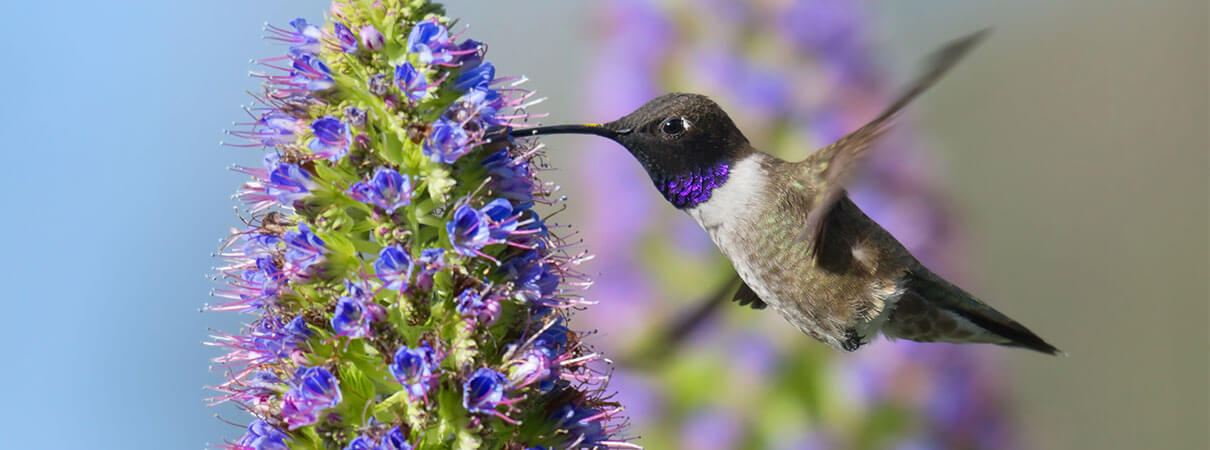
During summer months, Black-chinned Hummingbirds occupy a large portion of the western United States. This is one of the most adaptable hummers found in the United States, occupying a wide range of habitats, including urban areas. After breeding, many adult birds will move toward higher elevations to feast on mountain flowers, before heading south in the fall. Most will travel to western Mexico, although some overwinter along the Gulf Coast. Populations of Black-chinned Hummingbirds are on the rise, likely due to the popularity of backyard hummingbird feeders and this bird's tolerance for varied habitats. The Black-chinned Hummingbird is an IUCN species of Least Concern.
Migrant/Resident: Allen's Hummingbird
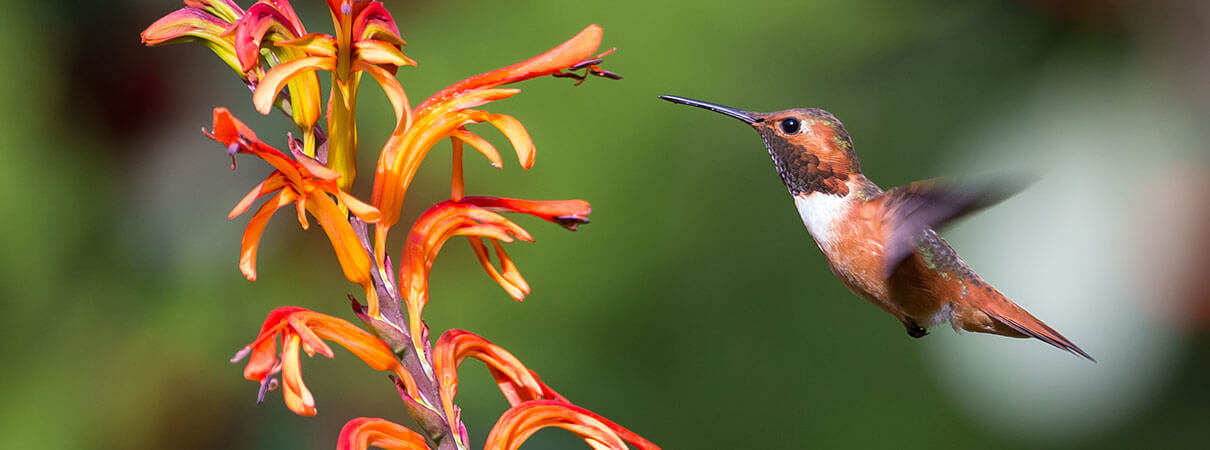
Compared to the springtime departures of other North America-bound migrants, Allen's Hummingbirds gets the worm. Those that migrate depart their wintering grounds in early December, allowing them to arrive along the coasts of California and Oregon in January — just in time to enjoy the region's winter wildflowers. During the breeding season, female and male Allen's Hummingbirds occupy different habitats: Males establish territories within areas of coastal shrub, while females move into forest to build nests. There are two subspecies of Allen's Hummingbird, each with its own wintering destination. One group (Selasphorus sasin sasin) migrates to central Mexico. The other (S. s. sedentarius) stays in southern California. Although Allen's Hummingbird remains fairly common, its numbers have decreased by 83 percent in recent decades, according to Partners in Flight. If trends continue, Partners in Flight estimates that the bird's current population could be reduced by half in less than 20 years.
Resident: Anna's Hummingbird
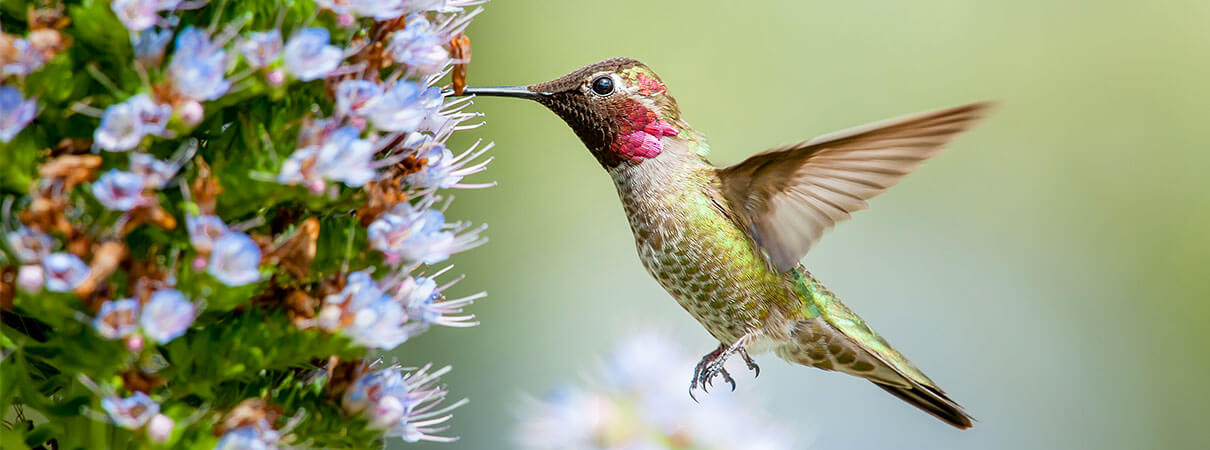
In contrast to most North American hummingbirds, Anna's Hummingbirds do not migrate, although they will sometimes move short distances to search for additional food sources. Anna's Hummingbirds now occupy an area of habitat stretching from northern Mexico to Southern Canada, but this wasn't always the case: During the first part of the 20th century, the bird's breeding range was much smaller, restricted to Baja, Mexico, and southern California. This changed with introduction of exotic flowering trees along the West Coast, which provided additional nectar supplies and nesting opportunities. Anna's Hummingbird populations are also growing thanks to the popularity of backyard hummingbird feeders. This bird is an IUCN species of Least Concern.
Hummingbird Conservation
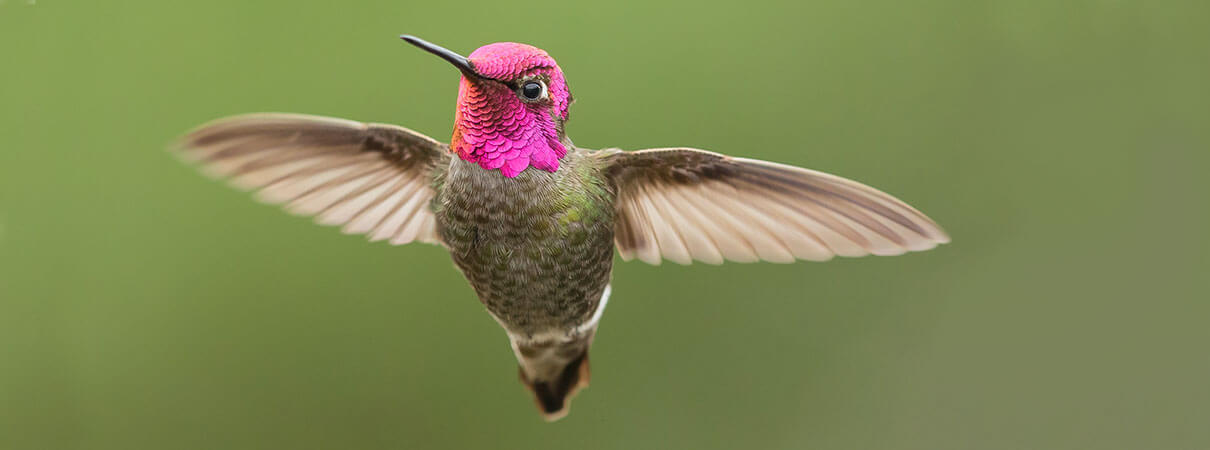
Like most land birds, hummingbirds are vulnerable to habitat loss throughout their range. The good news is that we can all do our part to protect hummingbirds.
Policies enacted by Congress and federal agencies, such as the U.S. Fish and Wildlife Service, have a huge impact on America's birds. You can help shape these rules for the better by telling lawmakers to prioritize birds, bird habitat, and bird-friendly measures. To get started, visit ABC's Action Center.
You can also create and improve habitat for hummingbirds where you live. Check out our "Hummingbird Paradise" post to learn more. For a complete list of daily activities you can take to help birds, visit our Bird-Friendly Life page.
American Bird Conservancy and our Joint Venture partners have improved conservation management on 6.4 million acres of U.S. bird habitat — an area larger than the state of Maryland — over the last ten years. This is a monumental undertaking, requiring the support of many, and you can help by making a gift today.


















































